Architecture is a multidisciplinary field with many science, art, and philosophy branches. There are many books that architects, architecture students, and those interested in architecture can read to understand better the ever-evolving and renewing discipline of architecture.

Architecture, a discipline that cannot be confined to a single dimension, is a dynamic and complex field that interacts with numerous areas such as engineering, urban planning, landscaping, psychology, sociology, art, and design. In architecture, where technical knowledge alone is insufficient, architects must have a deep cultural background and a broad vision. Many different books can be read to understand the field of architecture better. These books serve many purposes, such as documenting history, conveying information, offering criticism, and introducing new approaches.
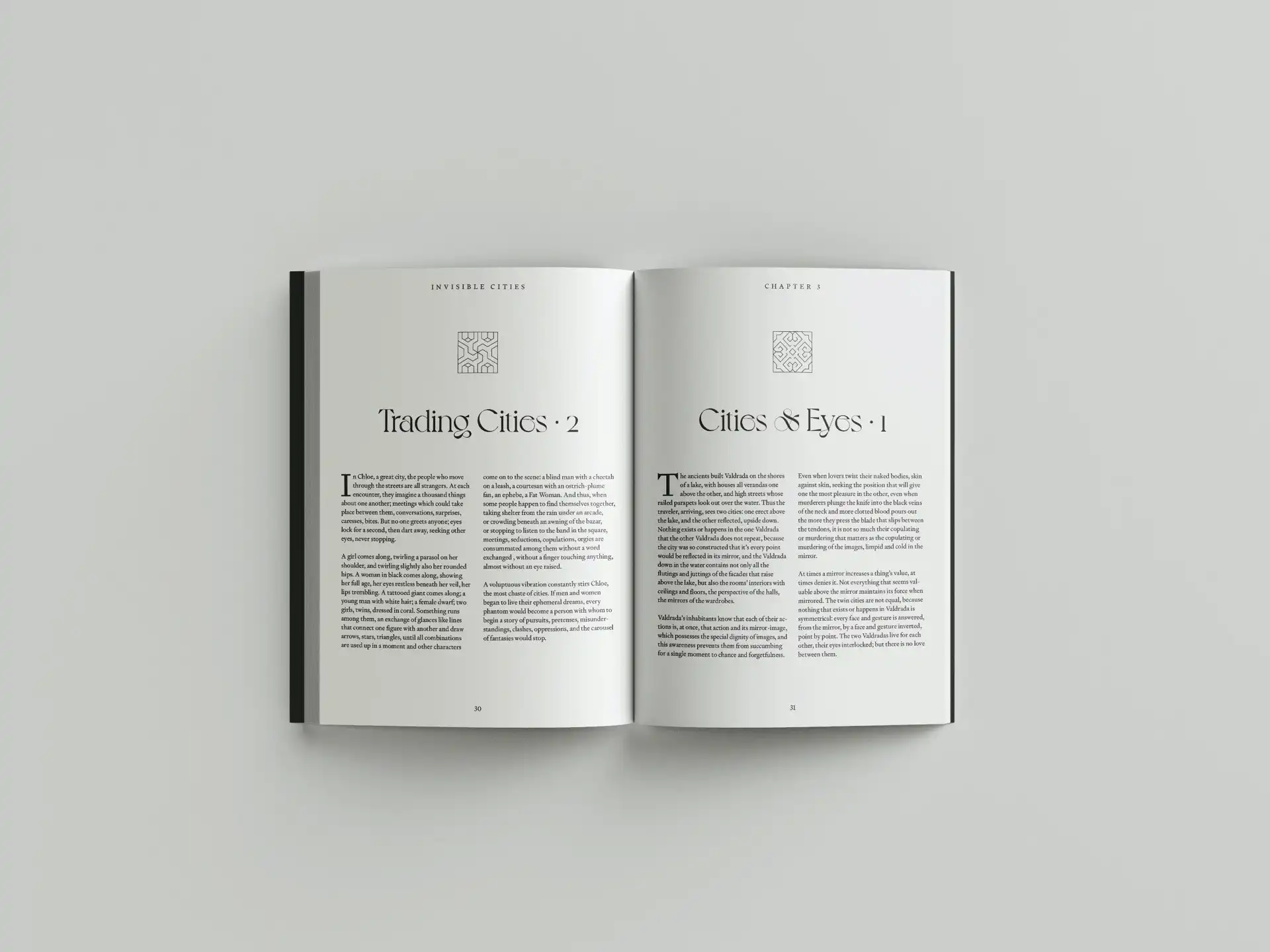
Architecture books, which offer insights into the perspectives and experiences of diverse architects, can inspire readers to incorporate fresh ideas into their design processes. They can also provide information on topics such as the design process and building materials and tools for following innovations such as renewed technology, materials, and design. Architects can nurture their design sensibilities by reading books offering diverse perspectives on architecture and developing critical thinking.
Here Are 10 Books That Every Architect Should Read
That will contribute to their professional development and allow them to look at architectural thought from different perspectives:
Neufert Architects’ Data
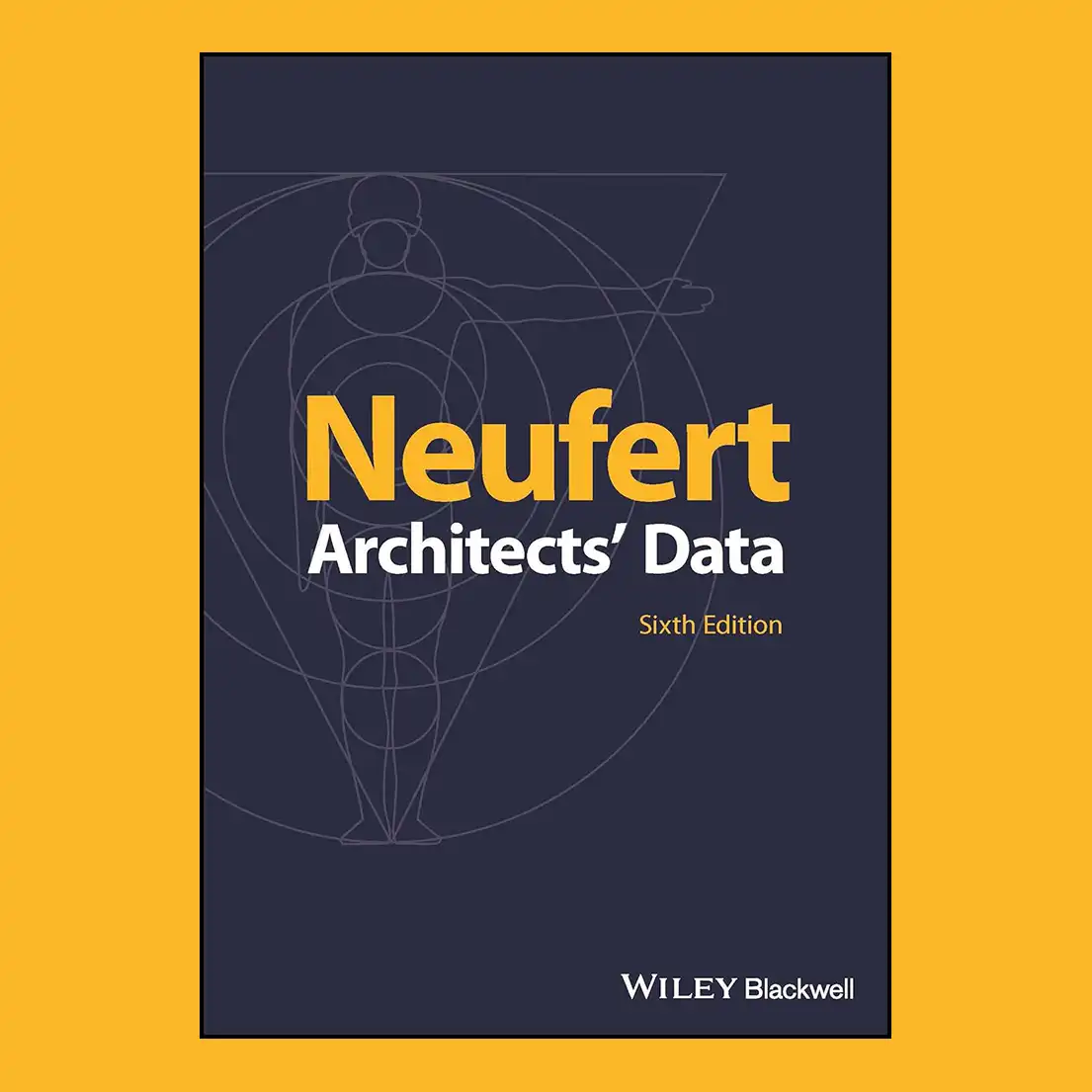
Writer: Einstein Neufert
Original Title: Bauentwurfslehre
Original Language: German
Year of Publication: 1936
The book, a comprehensive source of information on people and measurement, is a must-read for architects who want to access fast and reliable information in the design process. With regularly updated information, the book provides the basic information needed for more detailed design and planning of any building project and to create the framework. A crucial reference for the initial design and planning of a building project, this book has made complex topics understandable with numerous drawings, graphs, and tables. Offering a wealth of technical information and design standards, Neufert Architect’s Data is an invaluable resource for making design choices based on best practices and possibilities.
Architecture: Form, Space, and Order
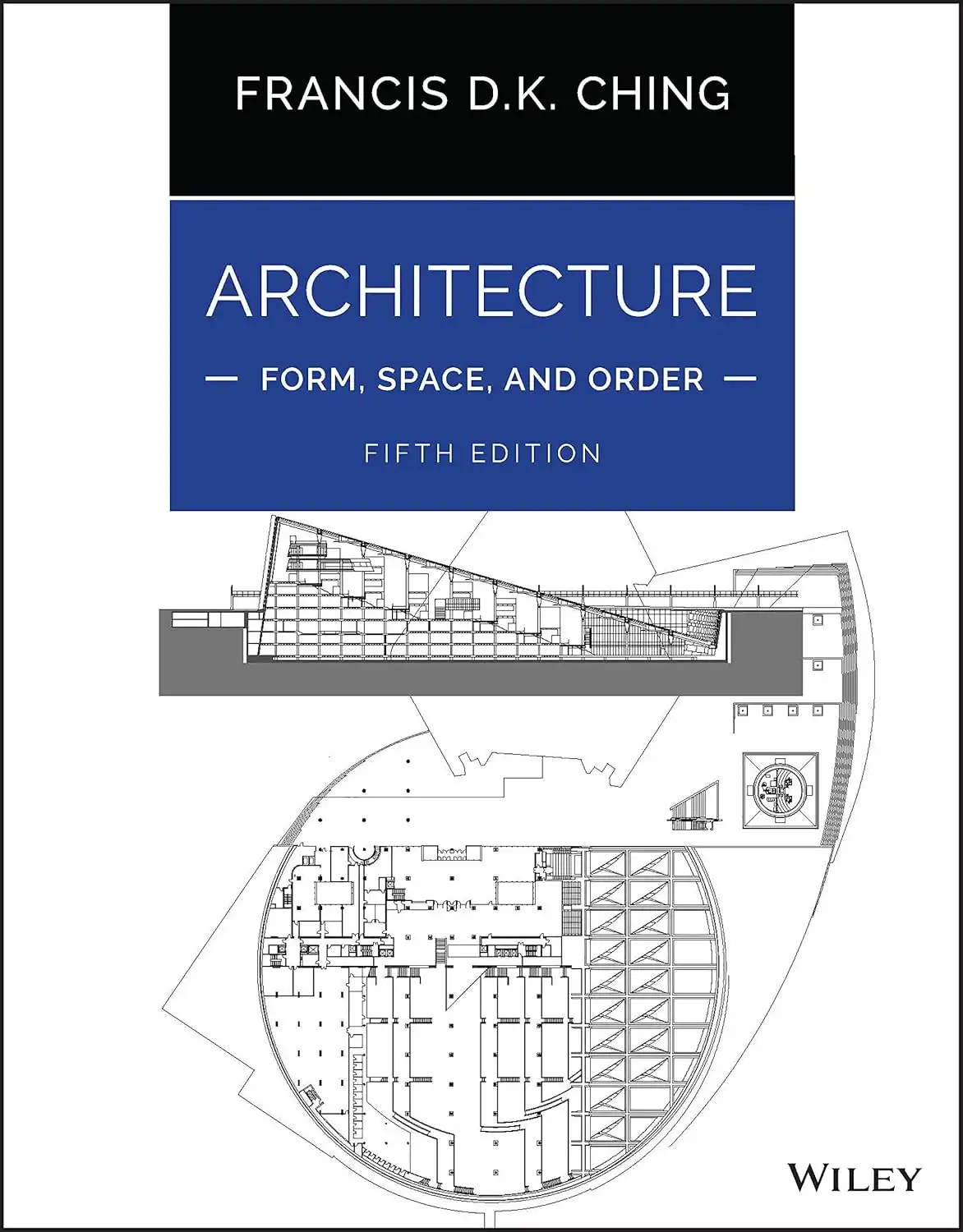
Writer: Francis D.K. Ching
The Original Language: English
Year of Publication: 1979
Architecture: Form, Space, and Order by Francis D.K. Ching, which explains the basic concepts of architectural design in an understandable language and with visual richness, is one of the books every architect should read. As a guiding light for architecture students and professionals, this book delves deep into the essential elements that shape architectural design. Revealing the essence of architectural compositions and explaining the complex relationship between form, space, and order, the book offers profound insight into the basic principles that define architectural aesthetics and functionality. Through countless drawings, diagrams, and schemes, Ching elucidates the core elements of architecture, such as form, space, order, light, and material, for the reader.
The Architecture of Happiness
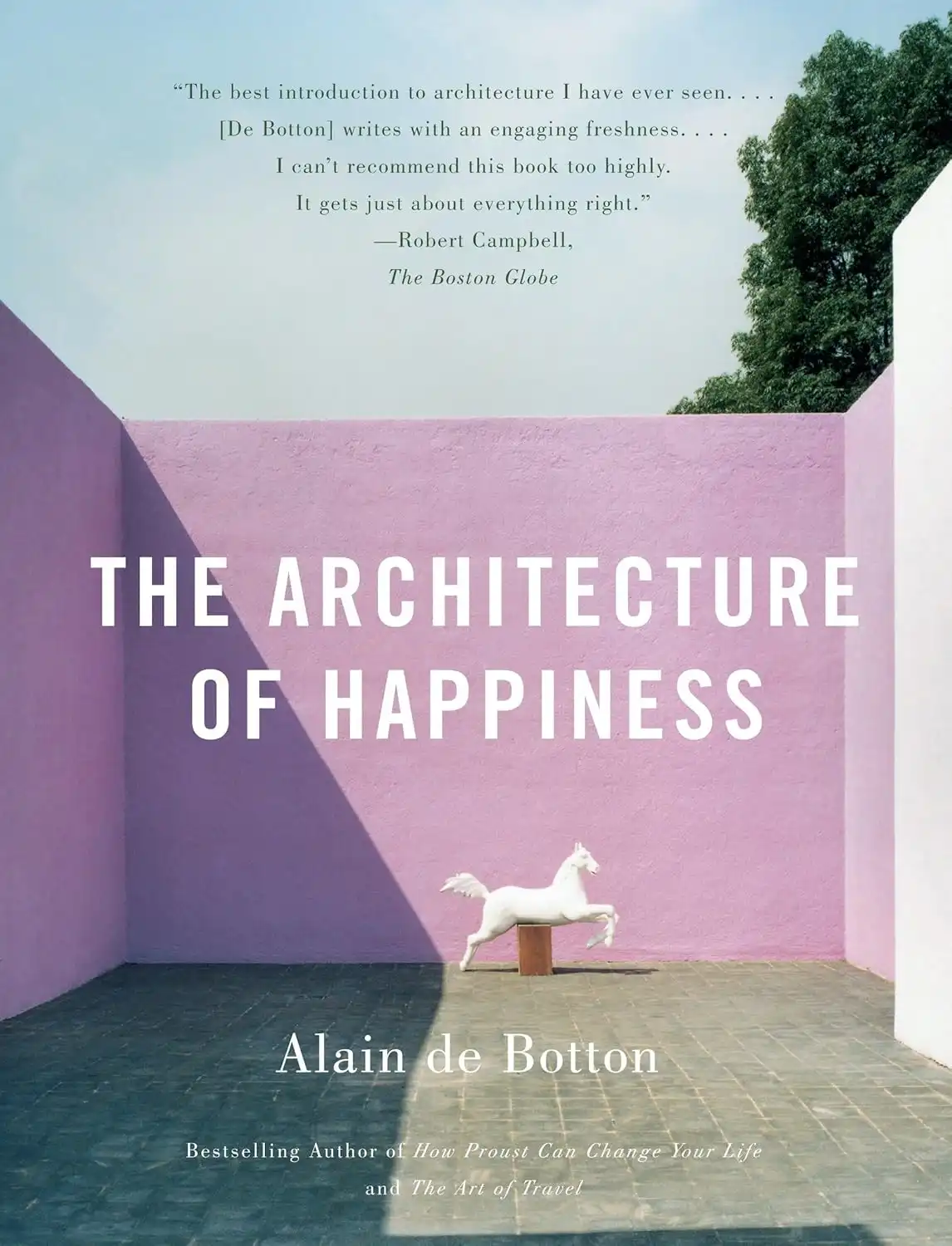
Writer: Alain de Botton
The Original Language: English
Year of Publication: 2006
Swiss author Alain de Botton, who philosophically interprets life and literature, includes details about life through structures in his work titled The Architecture of Happiness. A should-read for architects, this book explores the profound connection between architecture and human psychology, examining how spaces influence our emotional states. The book addresses that architecture is an aesthetic element and an emotional experience that deals with the philosophy of beauty and ugliness through architecture used as a metaphor.
This work, in which the reader can learn architectural styles that have emerged and been accepted in different parts of the world, from Northern Europe to Japanese and Islamic architecture, answers these questions through architecture by examining the relationship of aesthetics with functionality, subjectivity, and morality. Divided into six chapters, de Botton examines how the spaces we inhabit shape our experiences and influence our happiness. The Architecture of Happiness Book, which shows how crucial architectural design is in human life, is a book that will help architects see the importance of designing spaces that will make them feel happy and connected.
Species of Spaces and Other Pieces
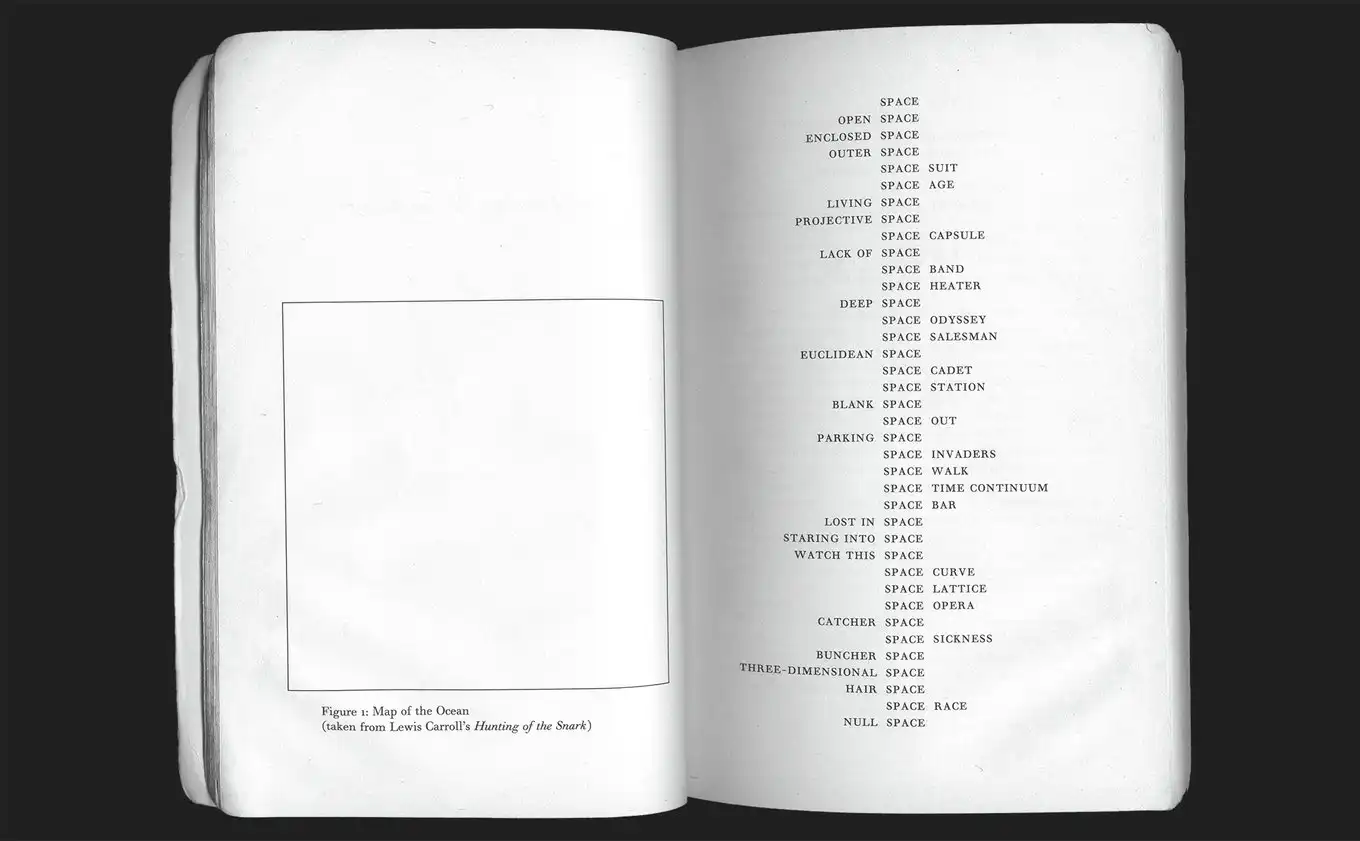
Writer: Georges Perec
Original Title: Espèces d’espaces
Original Language: French
Year of Publication: 1974
This novel, which examines the relationship between humans and space, is among the books architects should read. Georges Perec, who explains that space begins with words and signs drawn on a blank page, begins his book Species of Spaces and Other Pieces with a blank page. The book begins with a blank page and consists of 13 chapters, which continue with the order of bed, room, apartment, building, street, neighborhood, city, resort, country, world, and finally, space.
Through intricate language games, Perec creates concentric circles that gradually expand throughout the book, pondering concepts such as uselessness, ordinariness, habitability, and the peculiar interplay between places and memory. Spaces contain the memories, feelings, and experiences of the people living there. Throughout the novel, Perec explains that spaces are physical entities and repositories of memory. He makes his thought-provoking observations on the memory function of spaces.
The Eyes of The Skin

Writer: Juhani Pallasmaa
Original Language: English
Year of Publication: 1996
A must-read for architects, designers, and anyone working to shape the built environment, The Eyes of the Skin is a thought-provoking work that combines architecture and philosophy. Pallasmaa examines architects’ relationship with the senses in his book and treats architecture as a visual discipline and a physical and emotional experience. The Eyes of the Skin, which has become a classic of architectural theory and consists of two parts, explains in the first part how the visual paradigm in Western culture has developed since the Greeks and what effects it has had on the world experience and the nature of architecture.
In contrast, in the second part, he examines the role of the senses in authentic architectural expertise, showing the way to multisensory architecture. A should-read for architects, this book emphasizes that the excessive emphasis on visuality in architectural education and practice weakens the relationship that architecture establishes with human experience and argues that architecture is a discipline that should appeal to all senses.
On Weathering: The Life of Buildings in Time
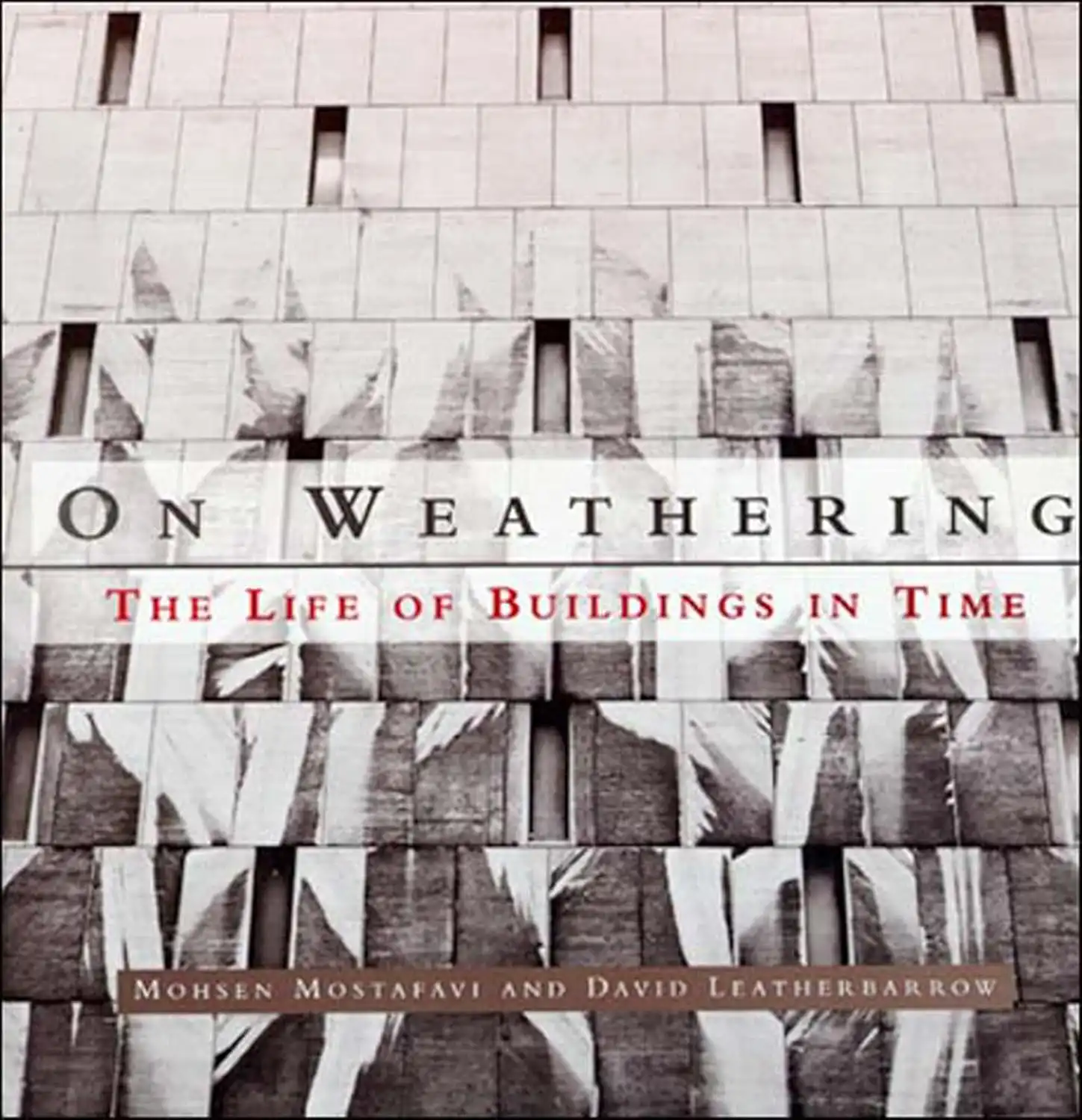
Writer: Mohsen Mostafavi & David Leatherbarrow
Original Language: English
Year of Publication: 1993
This book, which draws attention to a dimension of architecture different from what we have seen so far, should be read by architects. Weathering shows the complex nature of the architectural project by considering its temporality and relating technical issues related to maintenance and deterioration with an evaluation focused on their philosophical and ethical consequences. In the book, where the authors discuss the question, “Is a building completed when it is put into use, or is what we see as the end the beginning of the end?” it is emphasized that the final state of a building is uncertain.
Explaining that the deterioration that affects buildings under the influence of natural conditions and time creates layers that enrich the meaning of a building, On Weathering argues that the aging of buildings is a part of their life cycle and adds depth to the character of the building. Stating that architecture is a dynamic process that constantly changes over time, the book is an important work that reminds its readers that building design does not only involve aesthetic concerns; at the same time, the future of the buildings and their environmental impacts should not be ignored.
History of Architecture
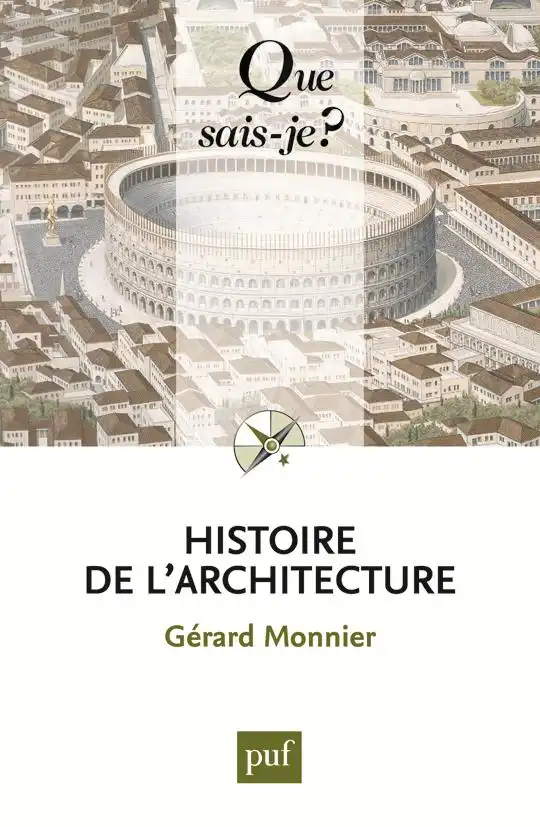
Writer: Gerard Monnier
Original Title: Histoire de l’architecture
Original Language: French
Year of Publication: 1994
Spanning from the origins of architecture to the present day, this book serves as a concise guide for architects and architecture enthusiasts alike. In his book, consisting of 6 chapters, Monnier has described all architects’ critical periods and minds, from primitive to contemporary architecture. The History of Architecture book, which examines the architecture of each period in historical, social, and cultural contexts, is a book that opens the door to the rich and complex world of architecture. Monnier successfully condenses the evolution of architecture from its beginnings as a basic human need to its transformation into a sophisticated art form, making it a valuable resource for anyone interested in the history of built environments.
Design and Crime
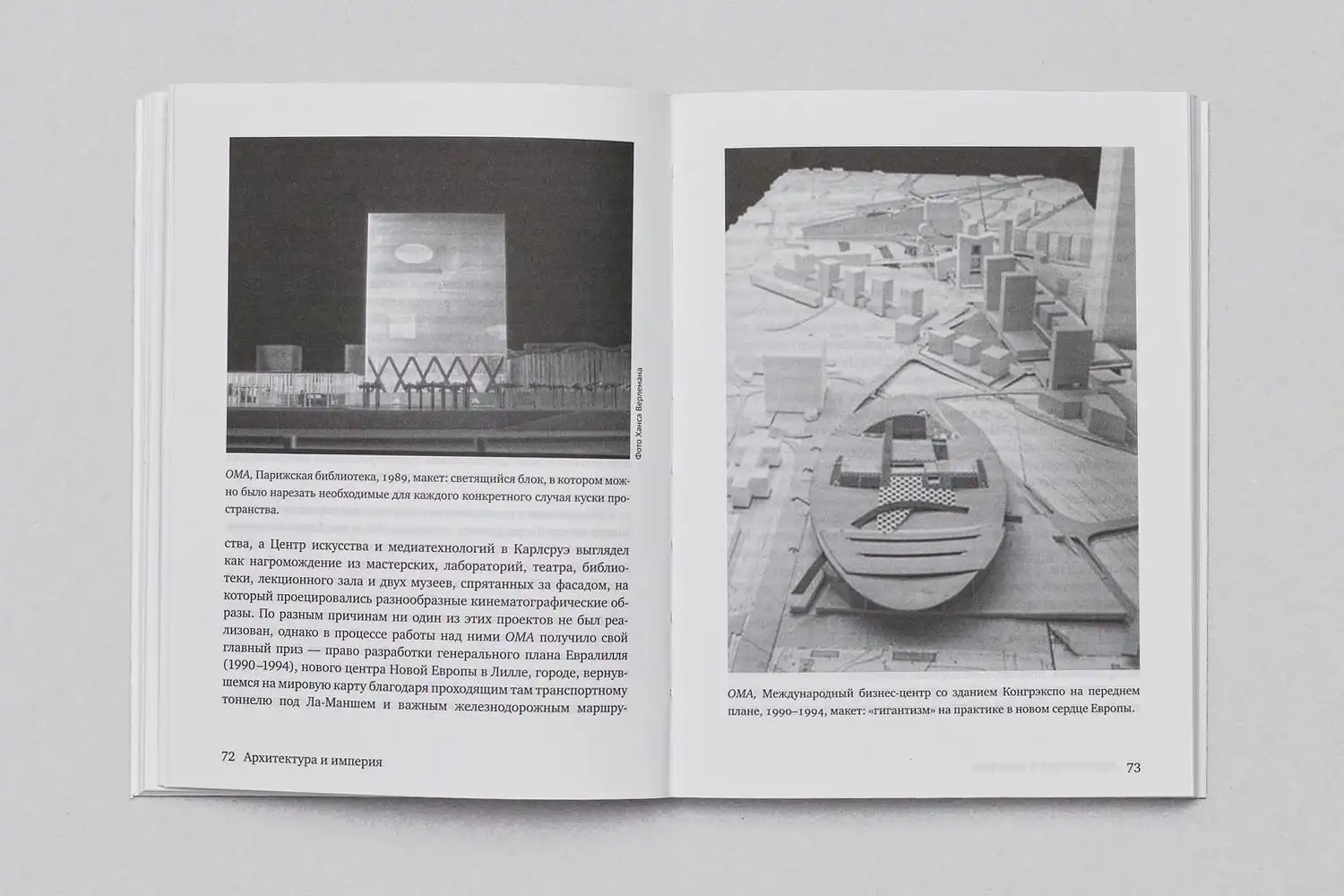
Writer: Hal Foster
Original Language: English
Year of Publication: 2002
Design and Crime, which will change the perspective of architects, architecture students, and those interested in architecture, is a book that delves into the depths of design, art, and architecture, which have become a necessity of modern life, and discusses the place of these disciplines in contemporary culture.Hal Foster’s book, which emphasizes that design is not only about aesthetic concerns but also a social, economic, and even political force, is divided into two parts. The first part examines the convergence of commerce and culture, focusing on the work of popular architects like Frank Gehry and Rem Koolhaas and their connections to the spectacle of global cities. The second part delves into the historical relationship between modern art and the modern museum, drawing on the insights of modernist thinkers such as Baudelaire and Valéry.
The Image of The City

Writer: Kevin Lynch
Original Language: English
Year of Publication: 1960
This book, written by urban planner Kevin Lynch, examines how people perceive a city and the practical elements in forming this perception. The Image of The City, which compares three US cities (Boston, Jersey City, and Los Angeles), conveys observations on how people orient themselves in these cities. Lynch argues that each town has a unique identity and focuses on how residents and visitors can’ read’ the urban landscape. The book explains how elements such as roads, squares, and buildings form an urban image. The Image of The City is a must-read book that offers clues to architects and designers on how their design cities will leave an impression on people’s minds.
Invisible Cities
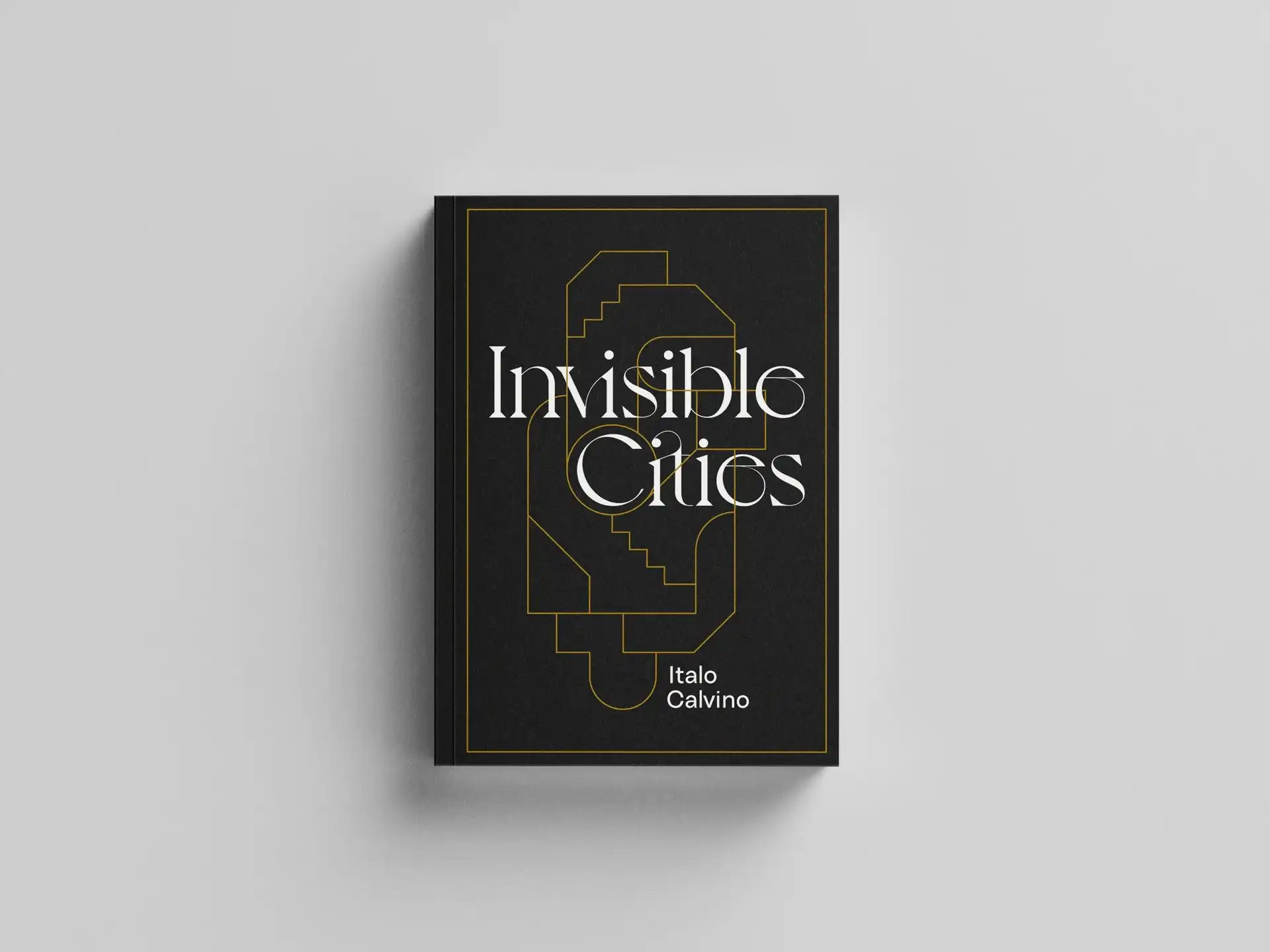
Writer: Italo Calvino
Original Title: Le Città Invisibili
The Original Language: Italian
Year of Publication: 1972
The book, which helps to think about architecture, cities, and imagination, is a novel on the list of books architects should read. The novel, a collection of imaginary cities that Marco Polo told Kublai Khan, shows how powerful stories can be. Carrying the reader to a different universe with each city, Calvino has appealed to readers from different cultures and periods by dealing with topics such as love, death, power, and loneliness through different cities. By examining how people perceive and experience cities through these imaginative tales, Calvino highlights the transformative power of storytelling. Thanks to Invisible Cities, the reader can interpret cities with his own experience and perspective and think about how the built environment is understood.
References:
Learn with PAACADEMY:
Check out the workshops at PAACADEMY to learn from the industry’s best experts how to use advanced parametric design tools, AI in design workflows, and computational design in architecture!


















Leave a comment